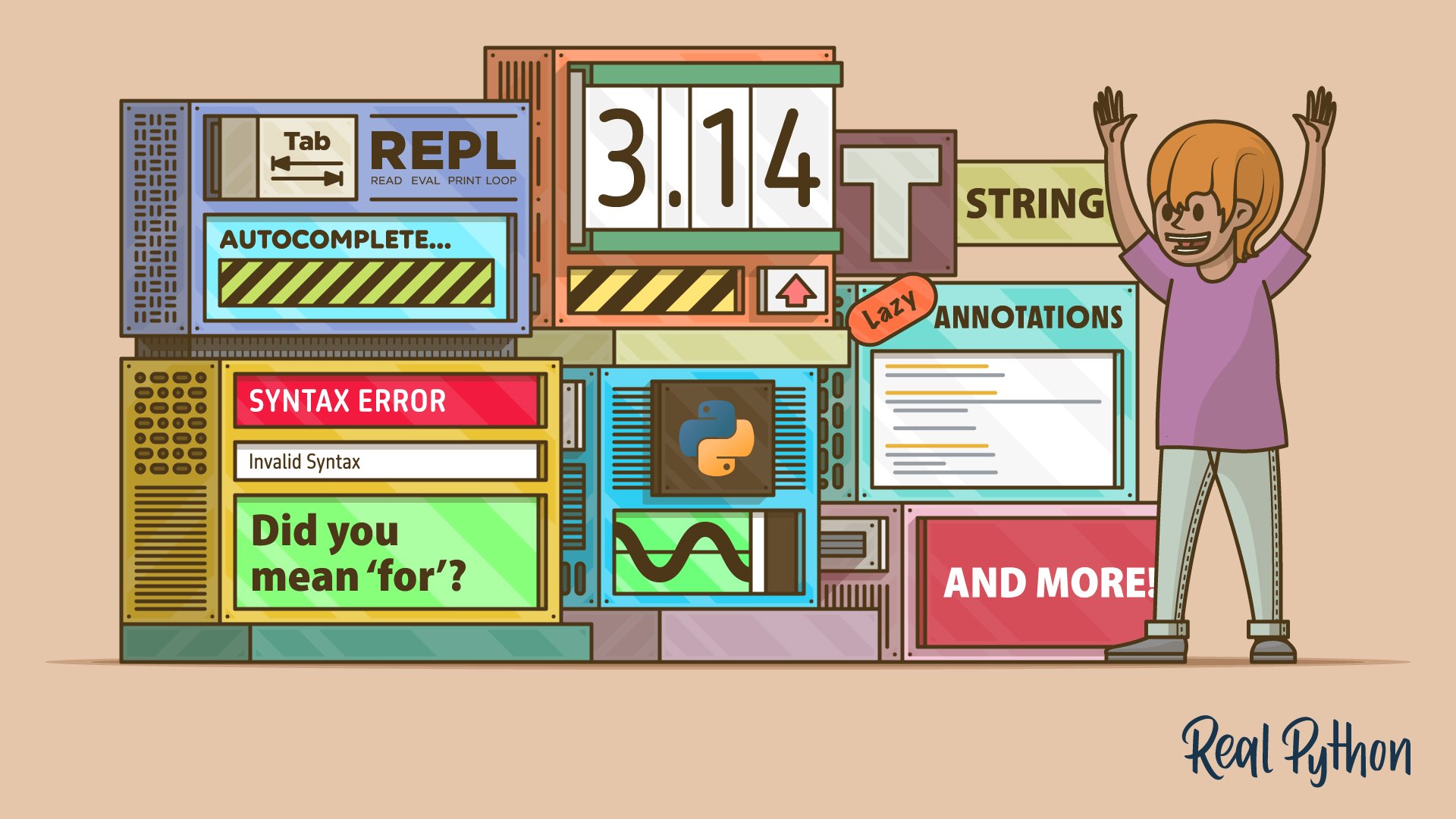Python 3.14’s t-strings allow you to intercept and transform input values before assembling them into a final representation. Unlike f-strings, which produce a str object, t-strings resolve to a Template instance, allowing you to safely process and customize dynamic content.
One of the key benefits of t-strings is their ability to help prevent security vulnerabilities like SQL injection and XSS attacks. They’re also valuable in other fields that rely on string templates, such as structured logging.
By the end of this video course, you’ll understand that:
- Python t-strings are a generalization of f-strings, designed to safely handle and process input values.
- The main components of a t-string include static string parts and interpolations, which are accessible through the
Templateclass. - You process t-strings by iterating over their components, using attributes such as
.strings,.interpolations, and.valuesfor safe and customized handling.
What’s Included:
- 9 Lessons
- Video Subtitles and Full Transcripts
- 2 Downloadable Resources
- Accompanying Text-Based Tutorial
- Interactive Quiz to Check Your Progress
- Q&A With Python Experts: Ask a Question
- Certificate of Completion
Downloadable Resources:











